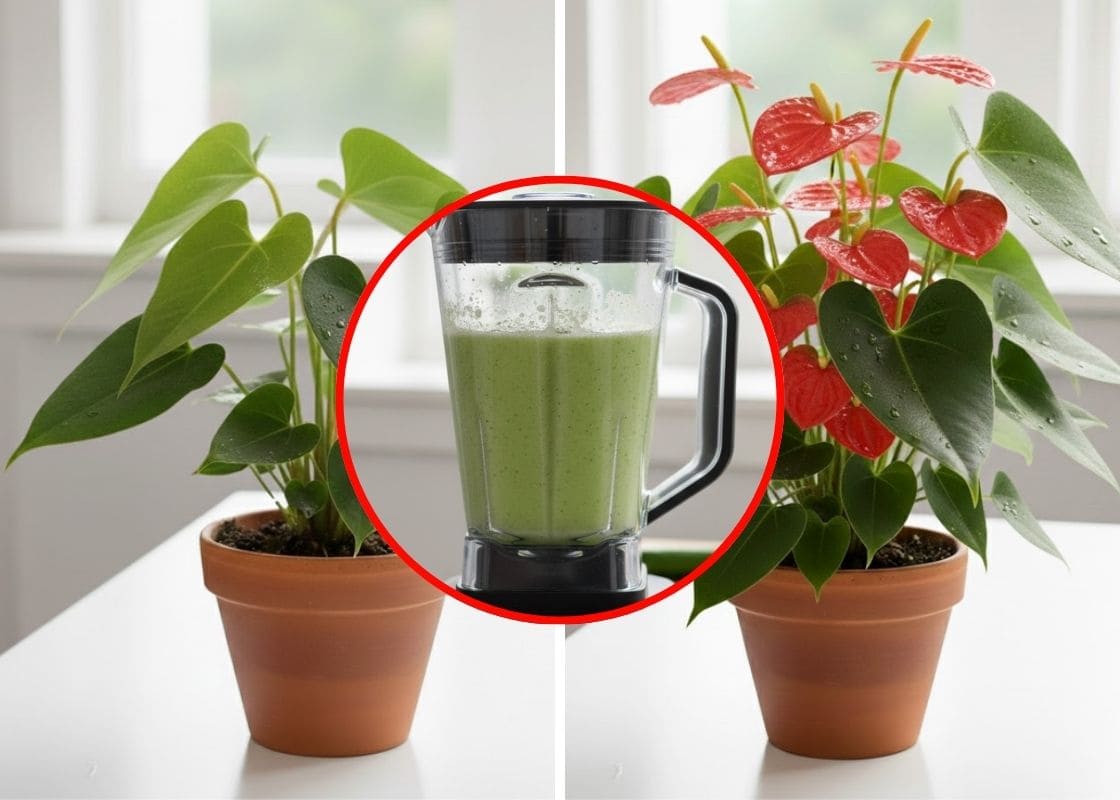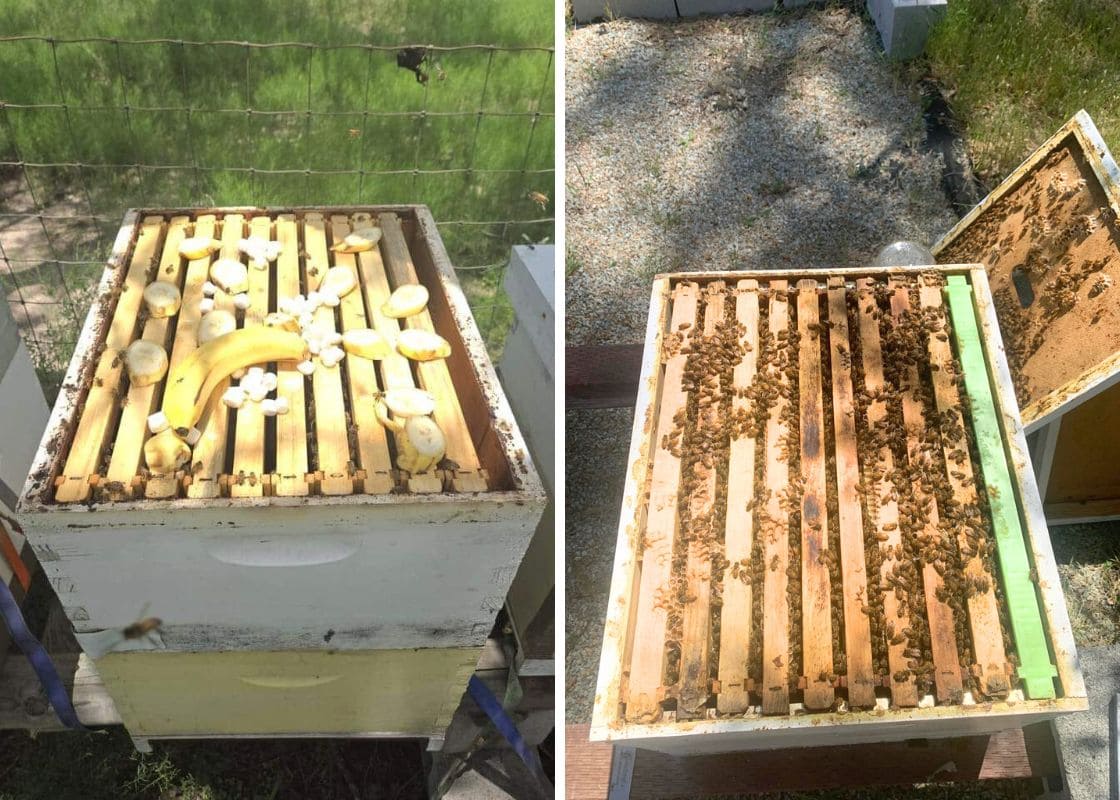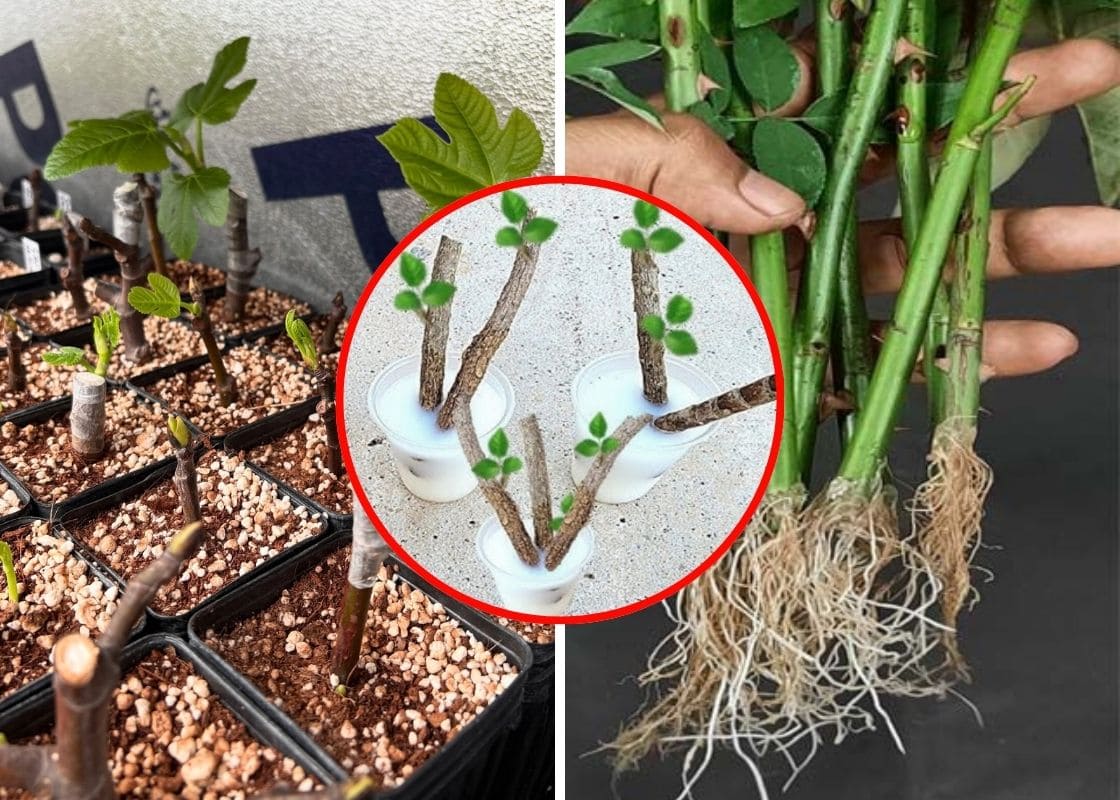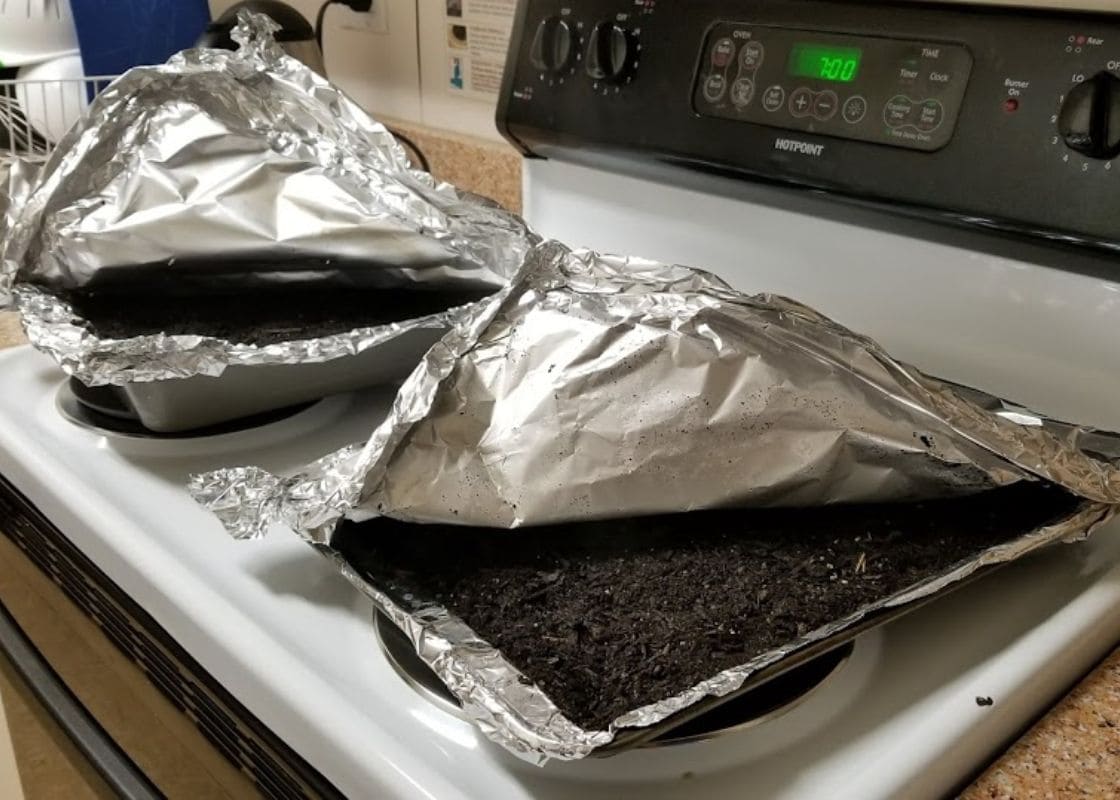If you’re tired of constantly battling weeds and the scorching heat in your garden, you might want to try breathable insulation fabric.
This method has become a secret weapon for gardeners looking to give their tomato plants the best environment to thrive.
In this article, I’ll share my personal experience using insulation fabric for my tomatoes, its benefits, and some things you should consider before making it a part of your gardening routine.
What is Breathable Insulation Fabric?
Breathable insulation fabric is a gardening tool that helps regulate soil temperature, lock in moisture, and keep weeds at bay.
Unlike plastic sheeting, which traps moisture but doesn’t allow for air circulation, breathable fabric lets air flow through the soil while still preventing excessive evaporation.
Why Should We Use Insulation Fabric for Tomatoes?
Tomatoes need plenty of water to grow strong, but the heat can dry out the soil quickly. However, don’t worry as breathable insulation fabric helps lock in moisture, reducing the need for constant watering.
This is especially helpful during hot summer months when keeping up with the water demands can feel like a full-time job.
In addition, tomatoes are picky about temperature too hot and they’re stressed; too cold and they stop growing. So, the fabric helps maintain a stable temperature by preventing the soil from getting too hot during the day and too cold at night.

Also, insulation fabric acts like a barrier, blocking out light and preventing weeds from sprouting. With less competition, your tomatoes get all the nutrients they need to grow bigger and stronger.
Finally, when your tomatoes are in a stress-free, well-maintained environment, they produce better yields. American gardeners noticed a significant difference in the number of tomatoes harvested last season, all thanks to the stable conditions provided by the fabric.
How to Use Breathable Insulation Fabric for Your Tomato Plants
Materials You’ll Need:
- Breathable insulation fabric
- Garden shears
- A garden rake for soil prep
- Pins or staples (optional)
Step-by-Step Guide:
Step 1: Prepare Your Garden Bed
Start by clearing your garden bed of weeds and debris. You want to use a rake to level the soil and make it smooth for the fabric to lay on.
Step 2: Lay Down the Fabric
Next, you just unroll the insulation fabric over the prepared garden bed. Make sure it covers the entire area where your tomatoes will grow.
Step 3: Cut and Secure the Fabric
You simply use garden shears to trim the fabric to fit your garden bed. Then uou can use pins or staples to secure the fabric to the soil, ensuring it doesn’t shift around in the wind.
Step 4: Make Holes for Your Plants
Once the fabric is in place, carefully cut holes where you’ll plant your tomatoes. Make sure the holes are large enough to give your plants room to grow, but not so large that the fabric shifts.
Step 5: Plant Your Tomatoes
Now that the fabric is ready, you can plant your tomatoes as usual. Just make sure to water them thoroughly after planting.
Disadvantages to Keep in Mind
While breathable insulation fabric has many benefits, it’s not without its downsides. Firstly, the fabric can be more expensive than traditional mulch or plastic sheeting. However, its durability and long-term benefits can make it a worthy investment.
Moreover, some insulation fabrics contain chemicals like formaldehyde or flame retardants to improve their properties. While these chemicals are generally safe for use in gardening, they can off-gas during installation or as the fabric breaks down.
To minimize potential health risks, make sure to ventilate the area properly or choose fabrics labeled as free of harmful chemicals.
Final Thoughts
Breathable insulation fabric is a fantastic addition to any tomato grower’s toolkit. This helps retain moisture, regulates temperature, and prevents weeds, as well as gives your tomatoes the best chance at producing a bountiful harvest.
If you’re looking to try something new in your garden, this could be the perfect solution. I highly recommend giving it a shot this season and seeing how it works for your tomatoes.







